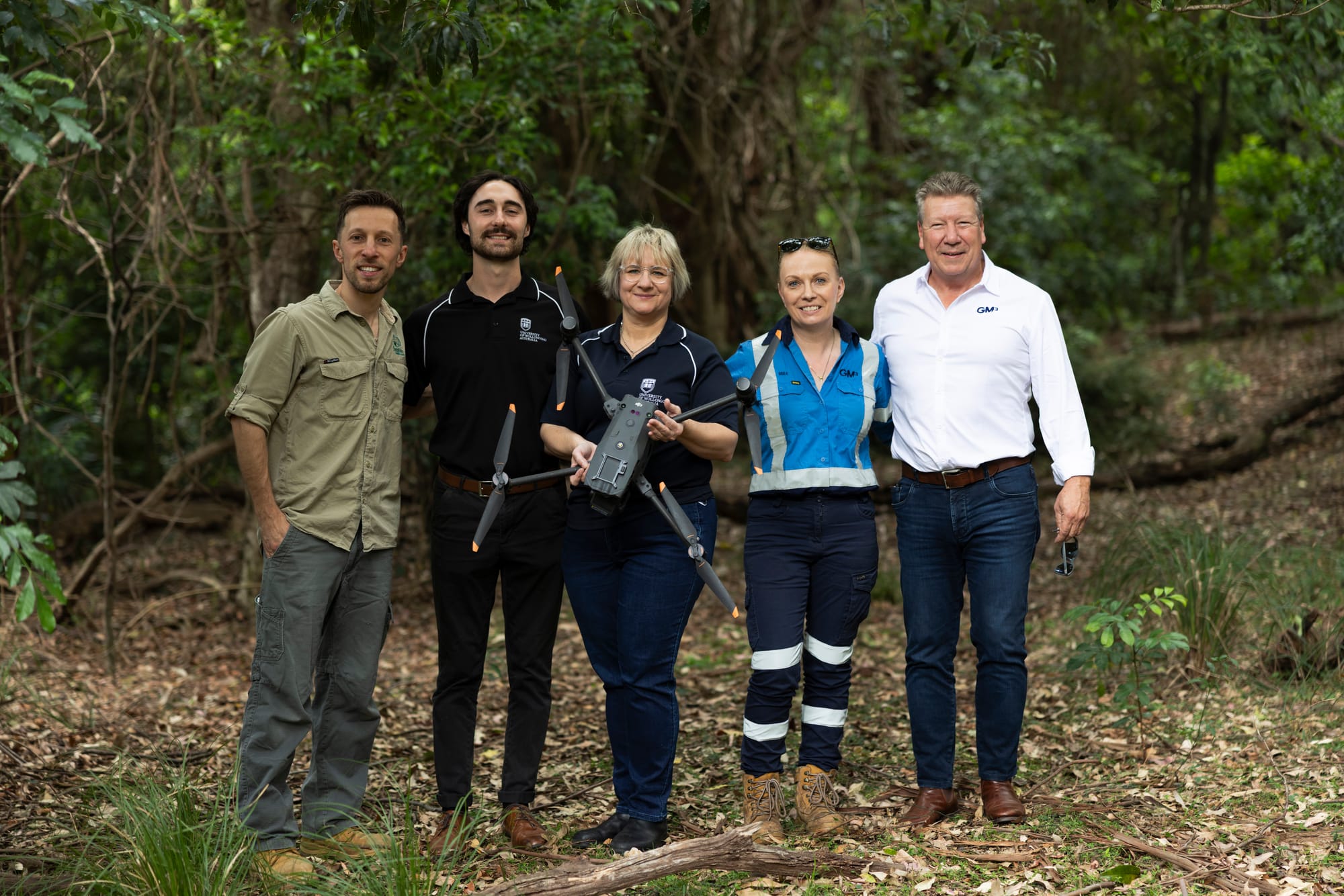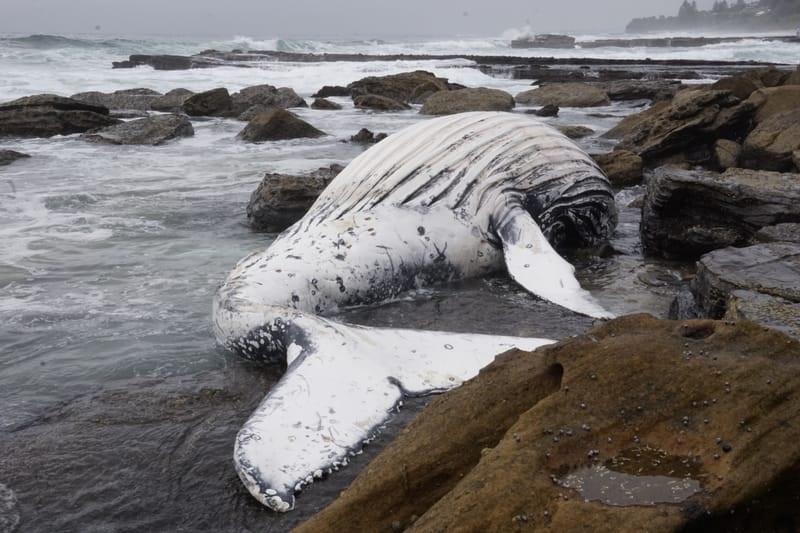Drone technology reveals 'hidden' populations of Koalas and Gliders in the Illawarra
Thermal drones reveal previously under-reported populations of endangered koalas and southern greater gliders across the Illawarra
For years, locals have wondered whether koalas could still be found in the Illawarra. Personally, I've spent many an hour looking up into the eucalypt canopy, just in case. Sightings were rare, so much so that in 2016 when eight individuals were spotted in Mt Kembla it was the first recorded sighting in that area for over 70 years.
But a pioneering new study conducted by Symbio Wildlife Park and the University of Wollongong has confirmed that Koalas (Phascolarctos cinereus) and Southern Greater Gliders (Petauroides volans) are not only present but that the region could be a critical stronghold for the endangered species.
Using drones in inaccessible terrain
Published on October 27 in Australian Mammalogy, the study is the first large-scale abundance mapping using thermal drone technology of these two arboreal mammals. Led by Symbio’s Jarrad Prangell and Kevin Fallon, and supported by UOW researchers, the project surveyed 47 sites over more than 1,175 hectares of steep, heavily vegetated terrain.
In dense bushland, spotlighting can be dangerous and often yields little to no results. By using drones equipped with thermal imaging, 4K aerial video and spotlight verification, the team were able to scan large areas of forest in minutes.
“Modern thermal drone technology has revolutionised how we find and count cryptic wildlife,” lead author Jordyn Clough of UOW’s School of Science and Environmental Futures said.
“In areas where spotlighting could take hours to locate a single animal, along with the associated hazards of access and safety, our drones can safely detect, verify and map respective species within just minutes, covering upwards of 25 hectares of land in around 20 minutes, which is unprecedented with historic, spotlight methods.”
A surprising result
The results were striking. Across the survey area, the team officially confirmed 56 koalas and 127 southern greater gliders, with modelling estimating true abundances of 147 koalas and 195 gliders. While the densities – 0.13 koalas and 0.17 gliders per hectare – are considered low, the populations appear stable, resilient, and distributed more widely than expected.
“This project shows what’s possible when collaboration, technology and conservation work hand-in-hand,” said Kevin Fallon, senior business manager and chief drone pilot at Symbio.
To clarify where koalas had been found, Kevin said it was "across the plateau west of Wollongong" and that the closest suburb to a sighting was probably Mt Kembla.
Heat maps published in the Mammalogy journal are based on "the highest level of detections, not GPS coordinates", Kevin explained, adding that the exact location of the endangered marsupials must remain confidential, "to ensure the safety of the koalas, along with maintaining security and alleviating trespassing".
He also warned that the area surveyed – most of which is in the water catchment, where public access is restricted – is rough terrain that can be dangerous and disorientating. "There's a lot of wilderness between Wollongong and the Hume Highway."

The project, funded by Symbio Wildlife Park and GM3, was completed in collaboration with conservation partners, WaterNSW and the NSW Government’s Saving our Species Greater Glider team.
Kevin said that identifying the Illawarra and Southern Sydney surrounds as critical strongholds for koalas and southern greater gliders was "a scientific milestone right here on our doorstep”.
The future of wildlife monitoring
The research model was designed by wildlife and drone specialist Dr Chad Beranek, whose approach allowed researchers to repeatedly sample the same forest systems over two years, something rarely achievable on foot due to the escarpment’s steep slopes, dense understorey and patchwork of untracked bush.
“It’s the first peer-reviewed, large-scale abundance mapping of two arboreal species simultaneously using thermal drones,” Dr Beranek said. “This approach is safer, faster and more accurate and it gives us data at a scale that was never before possible. It is likely many more species are suitable for this monitoring approach, exemplifying an exciting future for the application of drones in ecology.”
Senior author Dr Katarina Mikac said the study’s value reaches far beyond this one project. “We can now monitor wildlife across vast, steep and otherwise inaccessible forest systems,” she said. “This is the future of ecological research and a vital step in protecting Australia’s endangered species.”
For local residents it's a nice reminder that even after years of fires and floods, the region's eucalypt forests are still very much alive and worth protecting. I know on my next bushwalk, I'll be face up, peering into the treetops, hoping for koalas.






